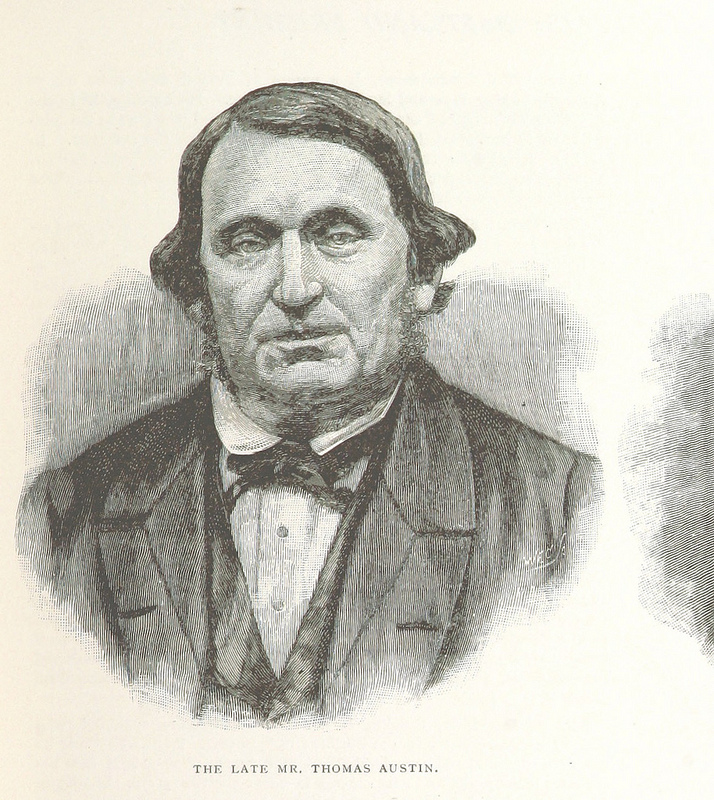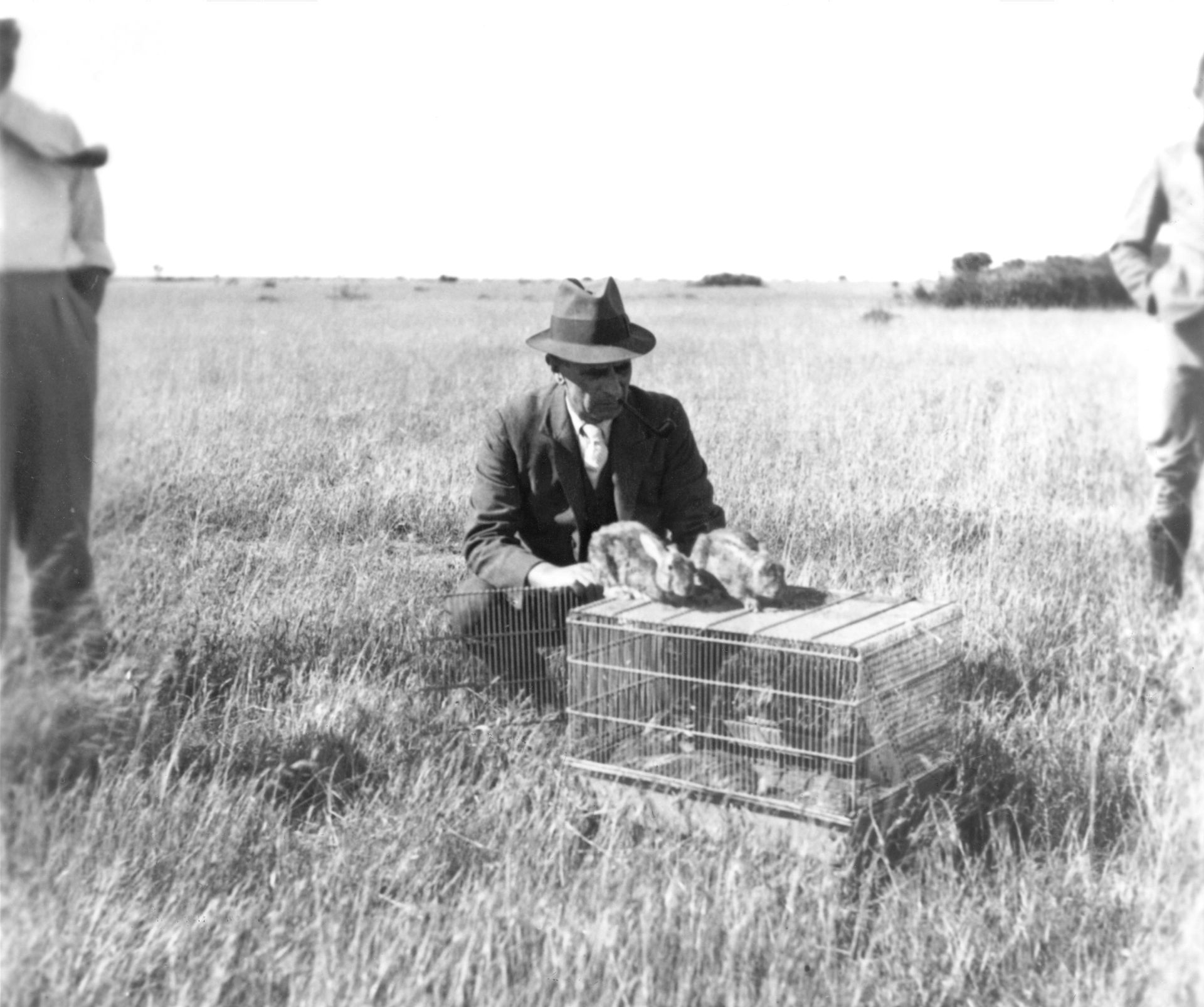Hello and welcome to your Frequent Fun Fact From Flora (perhaps more accurate than daily whoops)
TODAY we are discussing a very interesting example of virus-host evolution.
We set the scene by beginning our story in 1859. A Tale of Two Cities has just been published by Charles Dickens. The chimes of Big Ben are heard for the first time. The Pig and Potato War begins (that’s a real thing you can look it up).
Well there was another thing that happened and that was that a bloke called Thomas Austin brought 24 wild rabbits over from England to his house in Southern Victoria, Australia.

He brought them over for some good ol" sporting shooting fun. But little did he realise that they would breed like well rabbits.
By 1866 (that’s only SEVEN YEARS LATER) there were a recorded 14,253 rabbits that were shot for SPORT ALONE on Austin’s property.

I shit you not — this was the fastest spread of ANY COLONISING MAMMAL IN THE WORLD.
So in 1950, myxoma virus was released into Australian rabbits as a biocontrol method to try and reduce the population of these crazy, crazy rabbits.

This was actually hugely successful and the population decreased dramatically.
Now the myxoma virus can be classified into five grades , with grade one being the most deadly and grade five being the least deadly.
The original strain had nearly 100% mortality , but the problem with that is that it actually made it more difficult for the virus to spread because it was so good at killing rabbits.
That meant that when a strain evolved that killed 70-90% of rabbits it rapidly replaced the first. And then that one was replaced by strains with less than 50% mortality. This gave the rabbits more time to mingle and catch the virus off of each other before they died.
Yay for the rabbits. Not so yay for the Australians.
And the rabbits also started to evolve resistance to the viruses. One strain that killed 90% of rabbits caught in one location, killed only 26% of rabbits seven years later.
That’s really not that many years.
Interestingly, this was happening in totally isolated rabbit populations around Australia. One team of researchers sequenced about 20,000 genes to get to the bottom of this and found that each population of rabbits had gone through some really similar genetic changes.

But what is extra interesting is that this wasn’t a change in one gene that had a big effect on everything else — this came from lots of little changes in many genes AND these genes are all associated with immunity.
BUT they all happened in totally different rabbit populations which I think is nuts. Evolution— she finds the best ways to solve problems.
This meant that ANOTHER VIRUS had to be introduced in the 1990s. Can’t catch a break if you’re a rabbit I"ll tell you that much.
Hope you enjoyed.
Lots of love Flora xxx


